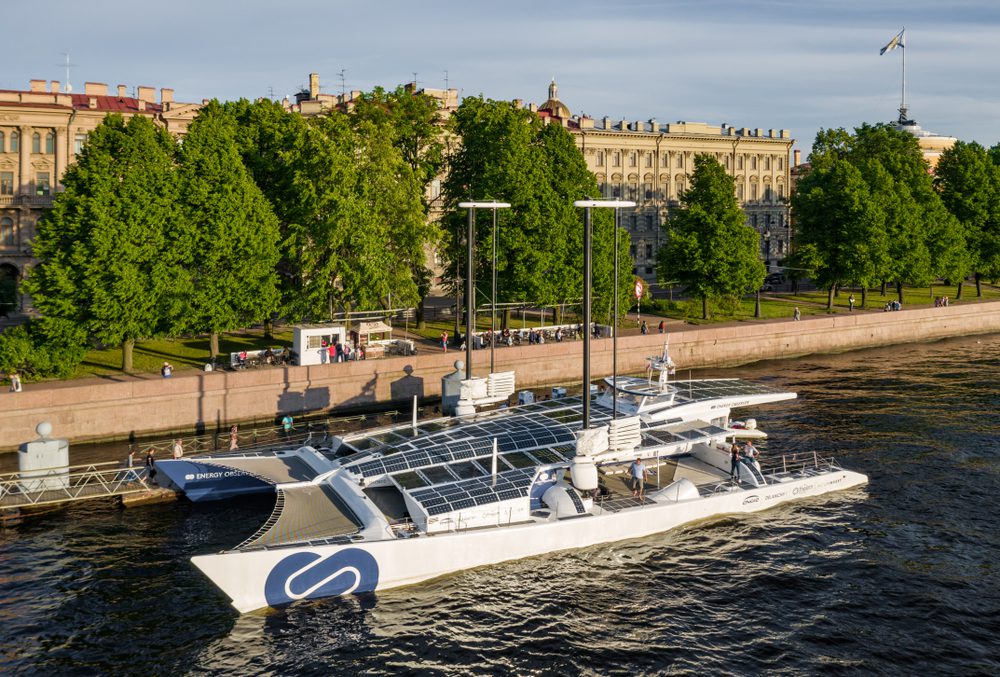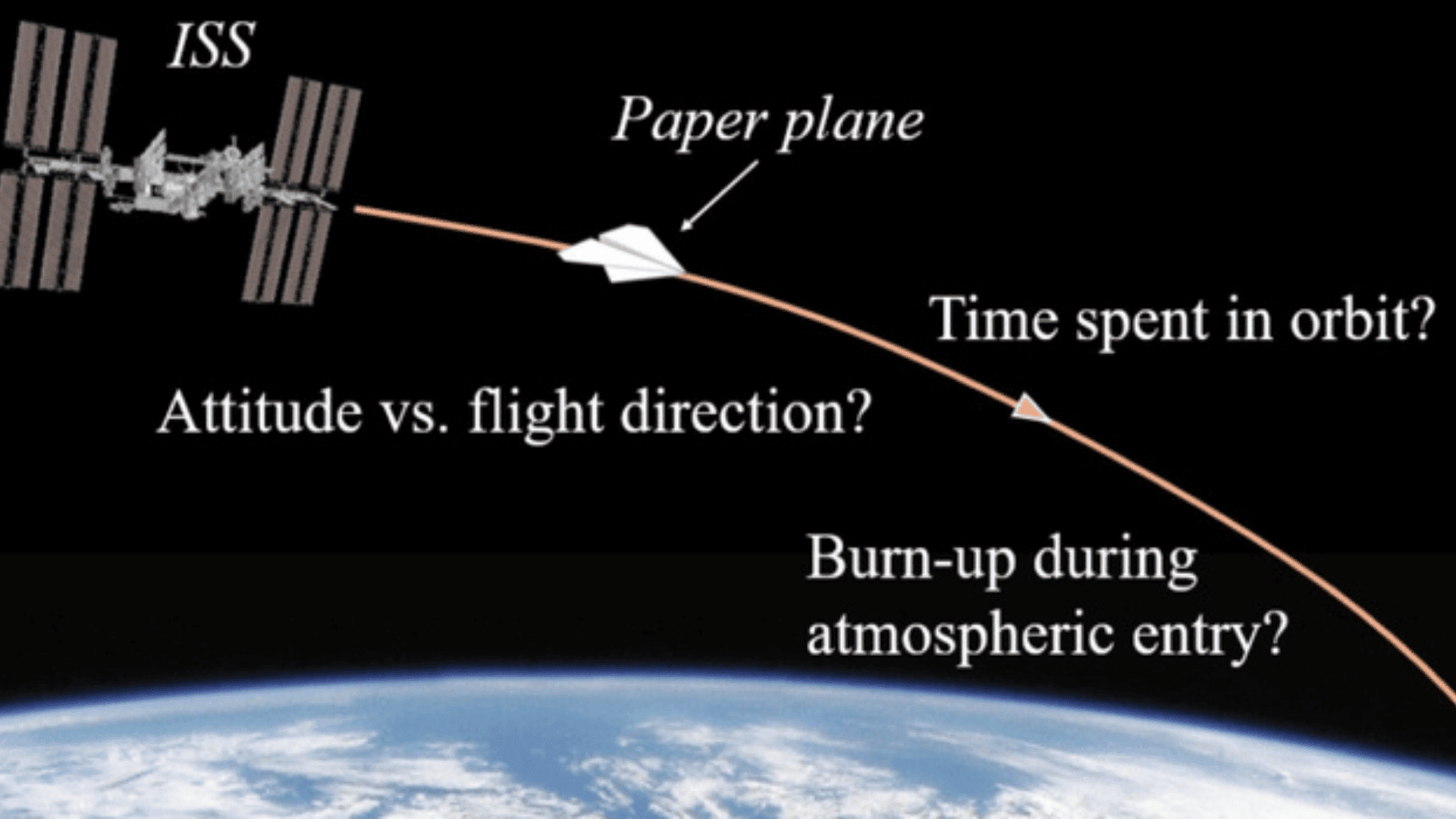Explore Tomorrow's World From Your Inbox
Get the latest science, technology, and sustainability content delivered to your inbox.
I understand that by providing my email address, I agree to receive emails from Tomorrow's World Today. I understand that I may opt out of receiving such communications at any time.
When it comes to a carbon footprint, some of the biggest contributors can be from industries we least expect. When you think of environmental hazards you typically think of the meat industry, cars, air travel, deforestation, etc. But did you know that traveling via cruise ship actually creates a huge carbon footprint? Research shows that cruise ships emit roughly four times more CO2 per passenger with flying. This is because they’re powered a diesel fuel or gas that emits a lot of carbon, plus additional air pollutants like nitrogen oxides, sulfur oxides, and particulate matter. Not only are they heavy in carbon emissions, but cruise ships also use large amounts of power, in one month a cruise ship will use roughly enough electricity to power 77,000 American households. So, needless to say, an environmentally friendly version of sea travel is much needed. Enter the Energy Observer.
In this Tomorrow’s World Today adventure, Tamara journeyed to Los Angeles, California to learn about Toyota’s work with hydrogen fuel cell vehicles. Later, Tamara gets a peek inside the Energy Observer, a zero-emission boat that is partially fueled using hydrogen energy cells, via video call. Let’s take a deep dive into how the Energy Observer works, how it was created, and what it has been up to this past year.
How does it work?
The Energy Observer is a boat that is completely self-sufficient in energy. Because it produces no emissions, no noise, and no fine particles, it has now become the model for the future of environmentally-friendly sea travel.
Firstly, the ship is equipped with several solar panels which allow them to charge their batteries when they make stopovers. Once the batteries are full, they enhance their energy surplus by producing hydrogen through the electrolysis of seawater. When the ship is navigating, the goal is to balance the power consumption for the life on board and ship propulsion by utilizing solar, wind, and hydroelectric power. When conditions aren’t good for collecting energy, the fuel cell converts the hydrogen energy into electricity allowing them to continue to sustain power.
When asked about the details of the propulsion energy system, Roman Jallon, Director of Operations at EODev, stated, “The Hynova’s electric motors are powered by a hybrid energy source: a fuel cell (Proton Exchange Membrane Fuel Cell) on one side and batteries (LiFePO4) on the other. The hydrogen is stored in carbon fiber tanks, under pressure (350 bars). The advantages compared to the other options are the same as found onboard the Energy Observer boat: zero emissions (no CO2 or fine particles), silent, and greater density of power and energy than with an “all-battery” solution.”

Prototyping & Development
The development of this ship allowed the designers to trial different cutting-edge renewable energy technologies. When it came to solar energy, the Energy Observer team trialed the first bi-facial, heterojunction photovoltaic panels designed by INES (National Institute of Solar Energy). More recently, they’ve trialed the latest vertical and invisible panels from Soliban.
In terms of wind energy, the team originally tested traction kite systems and vertical-axis wind turbines. Since 2019, however, they’ve been developing automatic propulsion wings with the VPLP architectural firm OceanWings. In early 2020, automatic variable pitch propellers were tested which may be able to enhance the performance of on-board hydro-electricity produced using the ocean’s current.
2020 Travels
Despite the global pandemic, the Energy Observer traveled a total of nearly 11,000 nautical miles at a speed of roughly 4.4 knots. The vessel had its first trans-Atlantic crossing this past year as well, traveling to overseas territories as far as French Guiana. According to the Energy Observer website, wind and solar energy were particularly important along their 2020 travels. This is due to the fact that the boat has sailed through trade winds where there is an abundance of sun and wind available. Due to the abundance of these energies, there wasn’t as much need as anticipated for the collection of hydrogen energy as the energy tanks were typically at full capacity.
In a report regarding their energy consumption, which is monitored to see where most of the ship’s energy is utilized, the electric propulsion system accounted for roughly one-third of the total use. Life on board used 25% and control/command used 26%, while servitudes used 15% and the OceanWings system only used 5%. We don’t know about you, but we can’t wait to sea where this eco-friendly vessel goes next!







